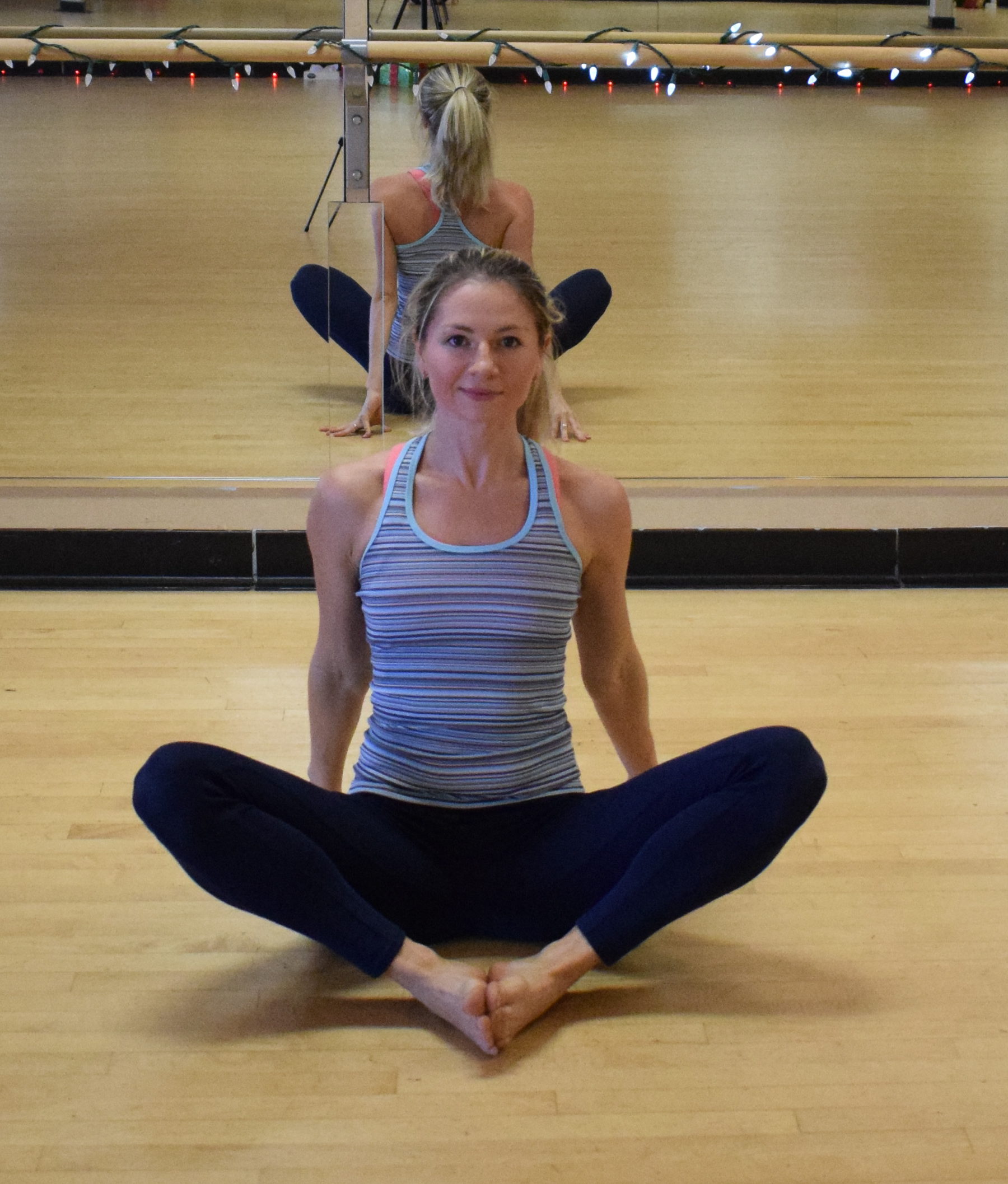
Are you stressed or unhappy? Do you need to calm down? Training your mind to relax isn’t difficult and can help you feel rested and prepared at any time. You can do this with practicing a meditation. Meditation practiced over a long period of time has been shown to have many beneficial results and is well worth continued practice. Benefits include: Increased mindfulness and awareness, reduced stress, calmer and more relaxed moods, improved memory and focus, and an increase in grey matter (brain cells) in various parts of the brain.
Here are a few meditation techniques you can use to relieve stress and find happiness in your life.
Do deep breathing exercises. Although the idea may seem obvious, deep breathing exercises apparently work wonders on relaxing your mind. Practice these daily and in times of stress to help soothe your anxiety.
- Close your mouth and take a deep breath in through your nose. Try to time this inhalation so that it lasts for four seconds. Hold your breath for eight seconds, and then exhale your breath for a count of eight seconds. Repeat this four times total.
- If you have trouble slowing your breathing this far, start at a faster pace and slowly work your way up to a longer time.
- Feel free to adjust the time each inhales and exhale lasts, but be sure that your exhale lasts for twice as long as your inhale. Pause between each breath.
Practice meditation, or try rejoicing, meditative prayer. This is the process of clearing your mind by focusing on a specific thought, place, word(s), color or object. To meditate, sit (kneel or lie) in a comfortable position and think (or pray) about one specific thing. It may take upwards of ten minutes in order to completely clear your mind, but that is normal.
- You can sit or lie down during meditation, but always keep your eyes closed to help you focus mentally/spiritually.
- It is normal for restless thoughts to intrude on your meditation. Try to ignore them as best as possible, purposely focusing on (cherishing/praising) one specific thing.
- Use guided imagery to help clear your mind. Imagine a place, real or fictitious, in which you feel at peace and stress-free. Focus on being in this place, including the details of what it looks like and how you feel in it.
- Meditate for as long as you like, but resting for at least ten minutes once you have managed to clear your mind proves to be beneficial to overall stress level and focus.
- Playing calming music, sounds or positive song phrase can help you to focus better for your meditation. Always do whatever is necessary for you to feel your most comfortable.
- Meditation has proven to have health benefits in addition to causing mental relaxation, including lowering blood pressure, high cholesterol, and high blood sugar.
Try visualization. This is my favorite meditation technique, as it helps me visualize and achieve my dreams and goals. This technique involves creating a peaceful place in your mind and exploring it, until you reach a state of complete calm. The place can be anywhere you like – however, it should not be entirely real, it should be unique and personalized for you.
- The place you visualize could be a warm, sandy beach, a flower-filled meadow, a quiet forest or even a comfortable sitting room with a roaring fire. Whatever place you choose, allow it to be your sanctuary.
- Once you have entered your sanctuary, allow yourself to explore. There’s no need to “create” your surroundings, they are already there. Allow them to come to the forefront of your mind.
- Take in the sights, sounds and scents of your surroundings – feel the fresh breeze against your face, or the heat of the flames warming your body. Enjoy the space for as long as you wish, allowing it to naturally expand and become more tangible. When you are ready to leave, take a few deep breaths, then open your eyes.
- You can also imagine things you want to have in your life, or the person you want to become, or something you want to achieve – but the goal is to visualize as vividly as you can, like you already have or achieved that whatever you want. For me a lot of times it works like magic.
Do progressive muscle relaxation. This is a process by which you tense and then relax all the muscles in your body. Relaxing your muscles after having them tensed alters your mental state, and helps your mind to be as equally soothed as your body.
- Start by tensing the muscles in your face one at a time. These might include frowning, knitting your brows, scrunching your forehead, and setting your jaw. Then, allow each muscle to relax.
- When you finish with your face, move down your body until you have done this with all your muscles.
- Hold the tense muscles for 5-10 seconds each before releasing in order to get the most relaxation from the process.
Practice mindfulness in your everyday life. Meditation doesn’t have to be limited to strictly defined practice sessions, you can also practice mindfulness throughout your day to day life.
- For example, in moments of stress, try to take a few seconds to focus solely on your breathing and empty your mind of any negative thoughts or emotions.
- You can also practice mindfulness while you eat, becoming aware of the food and of the sensations you experience as you eat.
- No matter what actions you perform in your day to day life, whether it’s sitting at a computer or sweeping the floor, try to become more aware of your body’s movements and how you feel in the present moment. This is living mindfully.
Read inspiring and spiritual books. Read inspiring and self-development books. Read poetry. Read philosophy. Read books from people you admire. Read books from various gurus and mystics of the past.
Some people find that reading spiritual books and sacred writings can help them to further understand meditation and inspire them to strive for inner peace and spiritual understanding. For me, reading self development books inspires me to achieve new levels in my business and improve everyday life.
- Some good books to start with include A Profound Mind: Cultivating Wisdom in Everyday Life by the Dalai Lama, The Nature of Personal Reality by Jane Roberts, One-Minute Mindfulness by Donald Altman, You Are a Badass: How to Stop Doubting Your Greatness and Start Living an Awesome Life by Jen Sincero,
- If you wish, you can pick out any nuggets of wisdom that resonate with you from any spiritual or sacred texts and reflect on them during your next meditation session.
Try to meditate at the same time every day. It is important that you make an effort to do your meditation practice at the same time each day. This way, the meditation will quickly become a part of your everyday routine and you will feel its benefits much more profoundly.
- Early in the morning is a good time to meditate, before your mind becomes consumed with the stresses and worries of the day.
- It is not a good idea to meditate directly after eating though, as you may feel uncomfortable and this will interfere with your concentration.
Tips
- It is easy to lose track of time while meditating. Being concerned about time can be distracting to meditation. Some people find it liberating to set a timer and let it be concerned about how long you have to meditate. Choose a gentle timer. If it is too jarring, the anticipation of the alarm can be distracting.
- If you find it difficult to meditate for the length of time you have chosen, try a shorter time for a while. Almost anyone can meditate for a minute or two without experiencing intrusive thoughts. Then, as the ocean of the mind calms, you gradually lengthen your meditation session until you have achieved the desired length of time.
- With good posture, it will be easier to breathe as your lungs will have more space. In fact, you may notice how most of the muscles in your torso work to help you breathe, from the muscles in the base of your pelvis to the ones in your neck, centered on the main breathing muscle, the diaphragm. They work just a little, assisting the diaphragm. If you notice this, it’s a good sign you have established a good posture. The right posture is easy and comfortable. You almost feel like you are floating.
- Breathe in. Breath out. Let your worries melt away. Just relax.
- It is hard even in the beginning to concentrate. You’ll get used to it once you regularly do. You just need dedication.
- Do what works best for you. What works for some people might not work for you. Don’t let that get you down. Remember to relax!
- Some benefits of meditation that are less observable for most people include: falling asleep more easily, more ease in fighting addictions, altered states of mind (which are most prominent in people who have spent over 1,000 hours meditating such as Buddhist monks).
- Please do not expect immediate results. This may take weeks, but do not become discouraged!
- If you want to meditate, and feel exhausted, tired, sore, or anything, even just unrelaxed, to the point where you try but don’t succeed, try doing something relaxing. A walk, or run, then a shower or a bath. As all will relieve stress. Then go back, and try again.
- Breathing in through the nose and out through the mouth will help regulate breathing.
- Don’t allow your inner voice to creep in through the back door of your mind. Observe it, but don’t associate with it.
- If you suffer with lumbar spinal problems, do your sessions in your bed in the morning, evening or both (while already in bed).
There is a Buddhist saying: ‘Before enlightenment he gathered wood and carried water; after enlightenment he gathered wood and carried water.’ The difference in two states of mind is in awareness.
And one of my favorite quotes by Aristotle: ‘We are what we repeatedly do. Excellence, then, is not an act, but a habit.’
So try practicing these techniques and let me know in the comments what changes it brought to you life, or if it helped you feel less stress and calm your mind. Or if you already practice meditation let me know what benefits of it you have noticed.




